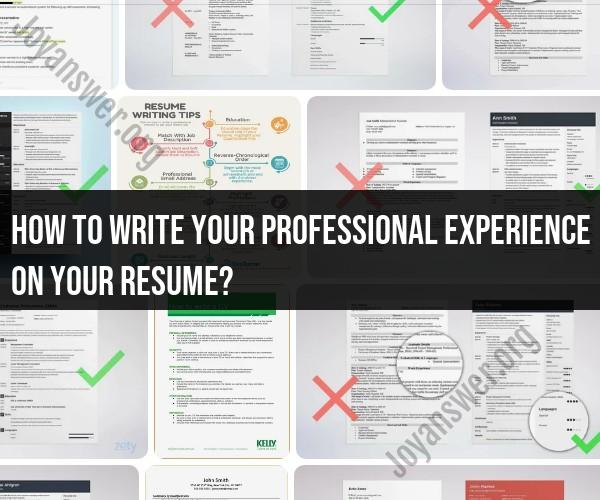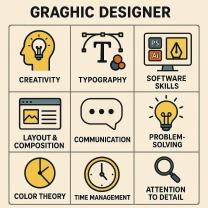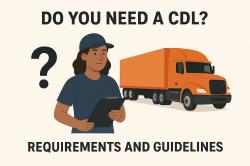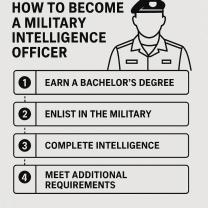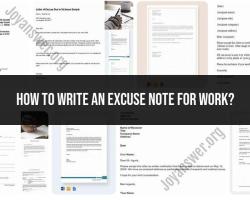How to write your professional experience on your resume?
Writing your professional experience on a resume requires a strategic and concise approach. Here are practical tips to help you effectively communicate your work history:
Start with a Strong Summary:
- Begin your resume with a professional summary that briefly highlights your key qualifications and career objectives. This provides a quick snapshot of your expertise.
Use a Reverse Chronological Format:
- Present your work experience in reverse chronological order, starting with your most recent job and working backward. This format is standard and allows employers to see your recent accomplishments first.
Include Essential Details:
- For each position, include the job title, company name, location, and dates of employment. Ensure consistency in formatting to create a clean and organized look.
Craft Impactful Bullet Points:
- Use bullet points to describe your responsibilities and achievements in each role. Begin each bullet point with a strong action verb to convey a sense of action and accomplishment.
Focus on Achievements:
- Highlight your achievements rather than just listing job duties. Quantify your accomplishments with numbers, percentages, or other measurable outcomes to demonstrate the impact you had.
Tailor to the Job Description:
- Customize your professional experience section to align with the requirements of the job you're applying for. Use keywords and emphasize experiences that directly relate to the position.
Prioritize Relevant Information:
- Prioritize the most relevant and impactful information. Place emphasis on experiences that showcase your skills and qualifications for the specific role you're targeting.
Highlight Skills Developed:
- Identify and emphasize the skills you developed in each role. This could include technical skills, soft skills, and industry-specific competencies.
Tell a Story of Progression:
- Create a narrative by illustrating the progression of your career. Showcase how you've grown in responsibilities and skills over time.
Quantify Your Impact:
- Where possible, use numbers to quantify your impact. Whether it's sales figures, project completion times, or team achievements, concrete numbers add credibility.
Use Consistent Formatting:
- Maintain a consistent format throughout your resume. This includes using the same style for job titles, dates, and bullet points. Consistency enhances readability.
Be Concise:
- Keep your bullet points concise and focused. Avoid lengthy paragraphs and provide enough information to convey your contributions without overwhelming the reader.
Show Diversity of Skills:
- Demonstrate a diverse set of skills by highlighting different aspects of your experience. This provides a more comprehensive view of your capabilities.
Proofread for Clarity:
- Ensure that your descriptions are clear and error-free. Avoid jargon that may not be universally understood and aim for clarity in your language.
Include Relevant Certifications and Training:
- If you've gained certifications or completed relevant training during your positions, include this information in the education or skills section of your resume.
By following these practical tips, you can create a professional experience section that effectively showcases your qualifications and makes a strong impression on potential employers.
What is the recommended way to present professional experience on a resume?
The recommended way to present your professional experience on a resume depends on several factors, including your career stage, industry, and the specific job you're applying for. However, there are some general best practices that can help you make a strong impression:
Structure and Order:
- Reverse chronological order: Traditionally, most resumes list experience starting with your current or most recent job and working your way back. This helps recruiters quickly see your current skills and responsibilities.
- Functional format: For career changers or those with non-linear careers, a functional format can be helpful. Focus on skills and achievements across different roles instead of specific company dates.
- Hybrid format: Combine elements of both chronological and functional formats, highlighting key skills and achievements within each chronological job entry.
Content and Information:
- Include key details: For each experience, list the company name, your job title, location, and dates of employment.
- Use strong action verbs: Start bullet points with verbs like "managed," "spearheaded," "achieved," or "developed" to highlight your impact and initiative.
- Quantify your accomplishments: Use numbers and percentages to showcase the tangible results of your work. For example, "Increased sales by 15%" or "Reduced costs by 20%."
- Focus on relevant skills and achievements: Tailor your descriptions to the specific job description and keywords. Highlight skills and experiences directly relevant to the targeted position.
- Keep it concise: Aim for 2-4 bullet points per job entry, focusing on your most impactful and relevant achievements.
- Use keywords strategically: Incorporate keywords from the job description throughout your experience section to improve search engine optimization (SEO) for applicant tracking systems (ATS).
Formatting and Visual Appeal:
- Use clear formatting: Consistent fonts, headings, and bullet points make your resume easy to read and scan.
- Maintain white space: Avoid overcrowding your resume. Adequate white space makes it visually appealing and easier to digest.
- Proofread carefully: Typos and grammatical errors can create a negative impression. Double-check your resume for any errors before submitting it.
Additional Tips:
- Consider including achievements outside of traditional employment: Volunteer work, freelance projects, or personal accomplishments can showcase transferable skills and initiative.
- Customize your resume for each job application: Don't send a generic resume to every job. Tailor your experience section to the specific requirements of each position.
- Keep your resume concise: Ideally, your resume should be one or two pages long, depending on your experience level.
By following these recommendations and tailoring your approach to the specific context, you can present your professional experience on your resume in a way that highlights your skills, achievements, and value to potential employers.
